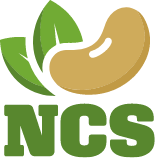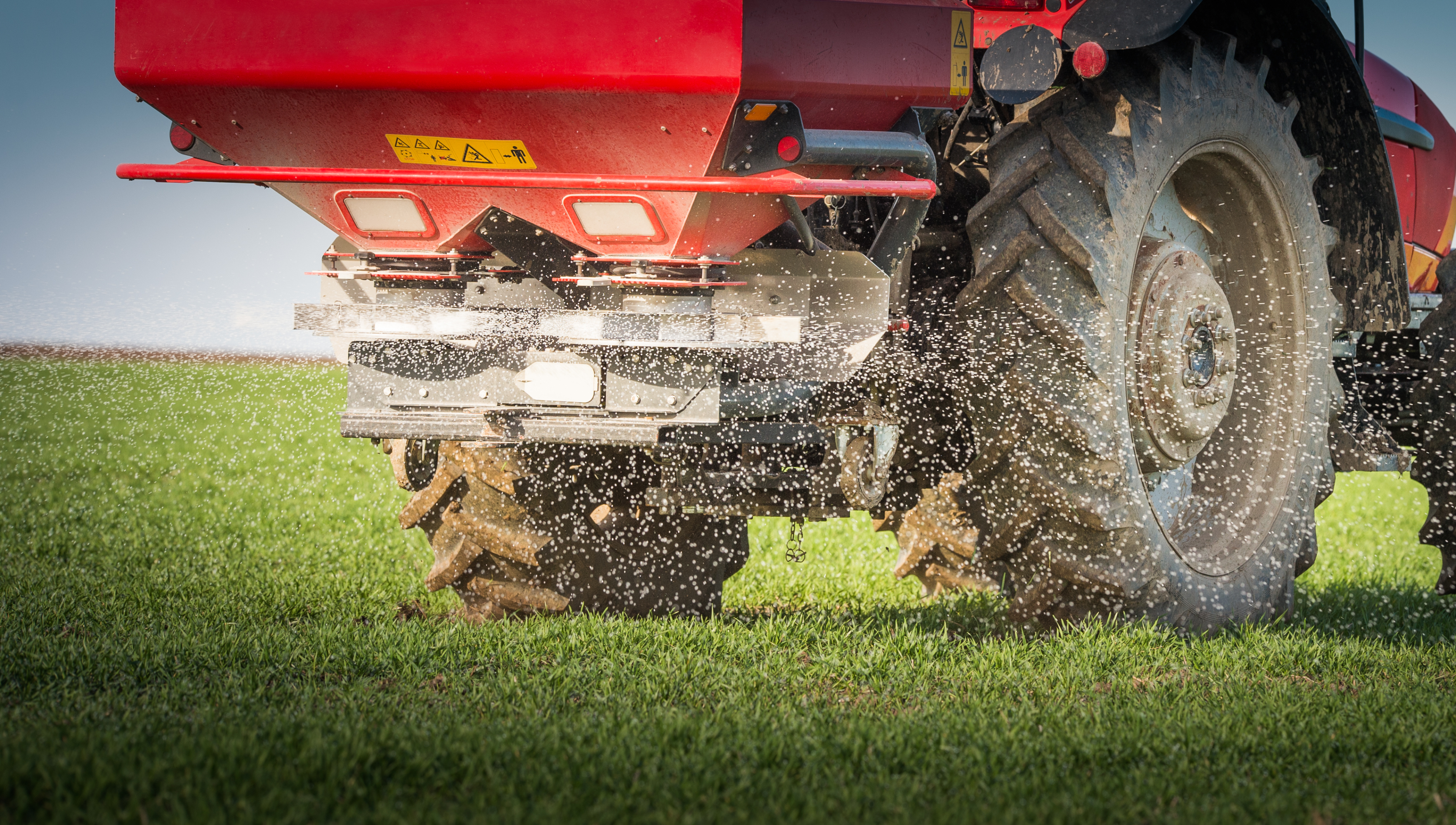Everyone agrees that nitrogen should be used efficiently and that we need to find ways to reduce nitrogen inputs whilst maintaining or increasing crop yield and quality. However it can be misleading to make one ratio from two desirable outcomes; sometimes it is better to keep the two separate: high yield and low N input.
Farmers are often advised to calculate NUE to help monitor their efficiency. If a ratio is required, several definitions of NUE are used, each with a different nuance. Broadly, they have one of two broad purposes, to sumarise:
- Nutrient capture: The output of crop N per unit of N applied or available (%)
- Nutrient productivity: The output of crop dry matter per unit of N applied or available (kg DM/ kg N)
Neither is right or wrong, and both definitions are widely used. But it is important to be clear what is meant by NUE in any given context or by any individual or organisation, and what exactly is involved in the calculation. This is especially true if comparing metrics between farms or enterprises. NFU and Defra are currently looking at appropriate KPIs for NUE.
An important consideration is whether nitrogen fertiliser is applied with the objective of raising yields, or for the return of nitrogen as protein in harvested products. For most crops (feed wheat, barley, oilseed rape, linseed, sugar beet, potatoes, forage, grass) the prime role of nitrogen is to provide and sustain the photosynthetic machinery in the leaves to fix carbon and grow yield, stored as carbohydrate or oil. Some nitrogen is required for protein in the seed or harvested product, but mostly the farmer is not paid for this, and can even be penalised for it (eg malting barley, sugar beet). So maximising offtake of nitrogen in the crop is not usually the farmer's objective, agronomically its best to keep as much N in the field as possible - Nitrogen in crop residues generally has minimal risk of loss where C:N ratio is high (eg straw). Most leaching of N from arable soils occurs where soil N mineralises before winter, without being taken up by a crop.
Everybody wants as much of any fertiliser N applied to get into the crop as possible. Ideally we would simply measure and calculate Fertiliser N Recovery. Unfortunately this is complicated by the uncertainties about N provided by the soil, and by variation in grain and straw nitrogen contents. Some of the widely used definitions and calculations for NUE are listed below:
- kg dry matter harvested / kg N available from all sources (soil + fertiliser + manure)
- original definition by Moll et al. 1982
- used widely in genetics studies comparing varieties (eg WGIN NUE trials) along with subcomponents:
- N Uptake Efficiency (NUpE): kg N uptake by crop / kg N available
- N Utilisation Efficiency (NUtE): kg DM produced / kg N taken up
- N output / N input (not necessarily including soil N)
- Expressed as %. Advocated by Brentrup et al. (2015) EU Nitrogen Expert Panel
- N removed in harvested crop / N supply from all sources (soil N + manure N + fertiliser N)
- Expressed as %.
- Basis of NUE calculation in Yara NUE calculator
- Advocated in June 2022 FACTS newsletter
- Apparent Fertiliser N Recovery: kg N in crop minus N acquired from the soil (usually measured as N in unfertilised crop) / kg fertiliser N applied
- Referred to as fertiliser NUE (NfUE) by CF
Components of many of the NUE calculations above which support understanding nitrogen dynamics and balances are:
- Crop N concentration (N% of harvested crop on DM basis)
- Crop N offtake (DM yield x grain N%)
- Crop N uptake (Crop N offtake + N in above ground residues (i.e. straw DM yield x straw N))
- Nitrogen Harvest Index (proportion of N in the crop that is in the harvested product (crop N offtake/crop N uptake))
- NHI is rarely measured on-farm, but a range of typical values can be used to estimate Crop N uptake from crop N offtake/NHI
Grain analysis is usually necessary for calculating N uptakes, N offtakes and to calculate N balances. Grain analysis can also prove useful in diagnosing whether supplies of N (and other nutrients) to the crop have been deficient or excessive.
Highly efficient N use is not necessary a good thing; it may reflect that a crop is 'mining' N from the soil's organic matter. Brentrup et al. (2015) provided the diagram below to show how both high and low NUE outcomes (i.e. N capture) can be undesirable in crop-soil systems:

N Balances: Going beyond crop-soil systems, it is important to note that, for agriculture as a whole, N balances may be calculated at field, enterprise, farm and region scales. N balances are used across EU, including for NVZ and regulatory requirements. Key to this is that N harvested in crops is predominantly fed to livestock or people, who only retain a minority of what they consume. Thus, maximising N harvested from crops can ultimately prove counter-productive for the environment. Ultimately the objective of crop producers must be to only export proteins that are essential to their end-users, for their crops to rely on recycled nitrogen as much as is possible, and for their farms to import as little 'new' nitrogen as possible. Thus, farm system design and management of organic manures are both vital aspects of developing efficient use of N across all farms.
Routes to improving NUE
-
Good nutrient management - right product, right rate, right place, right time
-
N efficient crop species and varieties
-
Human dietary choices, livestock nutrition, manure treatment, management, storage and spreading.











Discussion
I would stop confusing farmers and stick with Brentrup's definition of NUE (N output versus N input)
I agree that soil N supply must NOT be included as it is not an input
and offtake in crop residues must be included in the output.
NUE should be assessed either over a whole arable (or grass) enterprise in any calendar year, or any particular field over a 4 year rotation. Reasons as below
e.g. the higher NUE of first wheats is exaggerated because they take up N residues from the previous break crop that 2nd wheats don't, so this does not tell the farmer very much. Needs to be over rotation.
Likewise nitrogen supply from manures works out over several years.
I would advocate two NUE measures :-
a) N input is fertiliser N plus manure N plus fixation* (as Brentrup)
* AHDB would need to give ball park estimates of N fixed annually in legumes and clover leys; manure total N values are in RB209
this measure has ramifications in terms of losses to the environment
b) N input in fertiliser only (NUE fert)
This measure is best from the perspective of reducing fossil fuel use and fertiliser imports. Use of legumes and manures** should be encouraged even if it worsens slightly the absolute NUE.
So it might require slightly different target guidelines for NUE and NUE fert.
** Unless soils already have enough SOM to achieve good workability and maximum yield. Then putting yet more carbon into the soil via manures, cover crops or grass breaks will almost certainly reduce NUE in the a) definition, so Defra ELMS carbon incentives might need to be curbed to prevent this !
Microbial stimulation is generally bad for NUE (I think)
Trust this is of interest. Stephen
Thanks Stephen,
I think the definition has to be contingent on the question that we are asking. And the question on farm is likely different to the question at industry level. I think we do need to recognise that the reason for applying N generally isn't to remove it in the harvested crop, but is to improve yields ... so there does need to be a measure of efficiency which is kg grain/kg N applied. But I agree that monitoring and maximising the efficiency of uptake of applied N is very important, so we need an N recovery measure too.
We are now starting a small study of YEN data with Defra to explore this further - let us know if you would like to be involved or kept informed.
Hello,
Wished to share my thoughts about NuE...We hear many farmers who talk about the importance of NuE, and that they have aspirations to improve, or increase the efficiency with which the N on their farm is utilised.
My question is, whether they actually understand how to measure NuE. At a recent Weeds Meeting, 2 farmers spoke about their ambition to increase NuE on their respective farms. WHen questioned about their measuring NuE, it became obvious that they were not measuring NuE, they were introducing other forms of N into their system, and using N-tester and tissue tests to monitor nitrogen uptake and N levels in their crops. They were however, not actually measuring NuE, and so would not have any bench-marks against which to measure any improvements in NuE.
So, I believe the industry has used the concept of NuE as a 'buzz-word' rather than as an actual benchmark against which farmers can measure improvements in the efficiency with which nitrogen is actually used.
Rant over........thank you Dan!
Jamie Mackay (Agronomist)